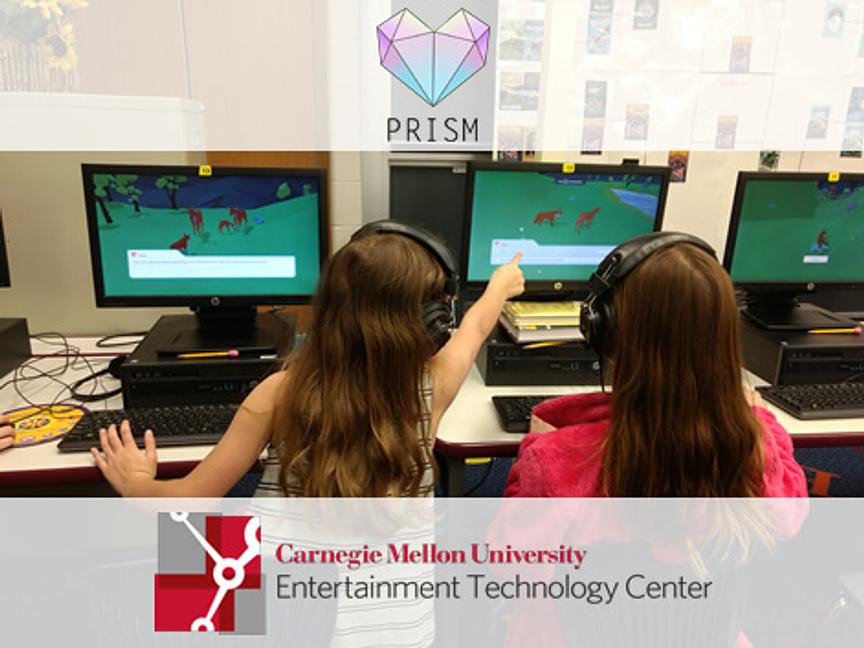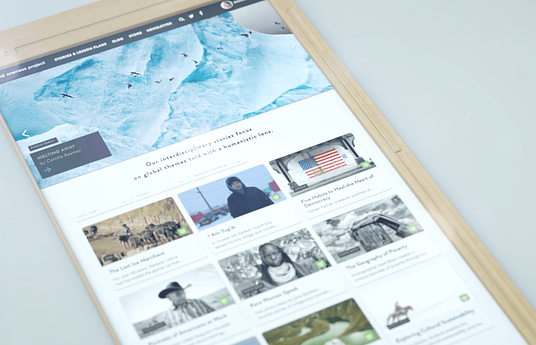Project Prism was created that Carnegie Mellon University's Entertainment Technology Center (ETC) by a team of graduate students, faculty, and external collaborators.
Why Project Prism?
When children include one another in school activities everyone benefits. These relationships help to build respect and increased acceptance of diversity. Teachers must set the example by making every effort to promote acceptance of a student with autism as a full member and integral part of the class, even if that student only attends class for a few hours each week. This is where Project Prism fits in!
The gameplay and mechanics, which are open world and quest based, are similar to those found in the games students already know and enjoy. Unique to Project Prism, the characters and challenges are designed to prepare the students for the follow-up discussion.
As educators, we must create a social environment that encourages positive interactions between the student with autism and his or her typically developing peers. Children with autism, by definition, have difficulties with social skill development and understanding language and social cues. With appropriate assistance, however, children with autism can engage with peers and establish mutually enjoyable and lasting interpersonal relationships.
Research shows that when typically developing children are provided with clear, accurate and straightforward information, they:
- Have more positive attitudes
- Increased understanding
- Greater acceptance of their peers with autism
Assuming there are no restrictions on disclosing that your student has autism, educating your class about autism and how it can affect their classmate can be an effective way to increase positive, social interactions between the child with autism and their classroom peers.
History of development
Founded in 1998, the ETC is a premiere professional graduate program for interactive entertainment as it is applied across a variety of fields. The unique, two-year, Master of Entertainment Technology (MET) degree was founded as a joint venture between Carnegie Mellon University’s School of Computer Science and the College of Fine Arts. The ETC is interested in how engagement and learning occurs with different topics, media, groups, and contexts. We explore K-12, STEAM, informal learning, lifelong learning, and transference as we focus on designing the experience that the user, player, or guest has. We apply methodological techniques (rapid-prototyping, iterative design, agile development) to discover fundamental principles (gameplay mechanics, indirect control, interest curves, improvisational storytelling) of how interactive experiences best perform. The ETC balances educational goals, professional development, and engaging experiences; or learn, work and play. We emphasize leadership, innovation and communication by creating challenging experiences through which students learn how to collaborate, experiment, and iterate solutions. The Entertainment Technology Center is simply different—we strive to design experiences that educate, engage and inspire.
Project Prism was developed by Ridima Ramesh, Xueyang Wang, Dan Wolpow, Yutian Zheng, and Yidi Zhu advised by CMU Faculty Scott Steven and Mike Christel. The experience would not have been made possible without the support of Michele Lubetsky from Allegheny Intermediate Unit (AIU3).


